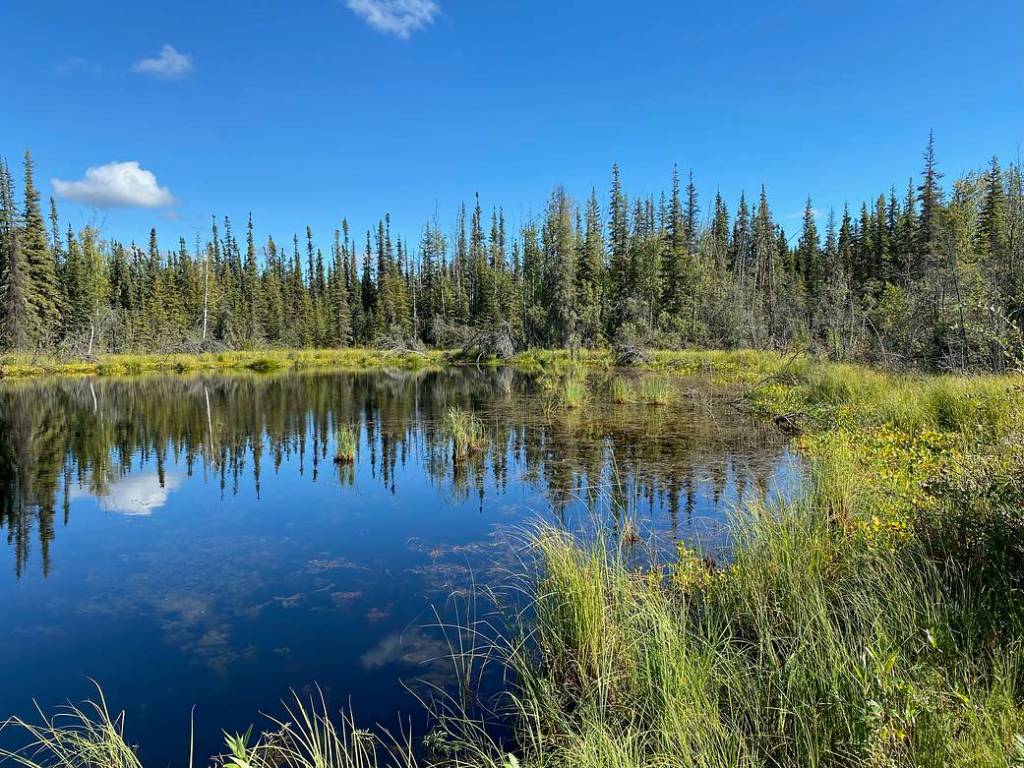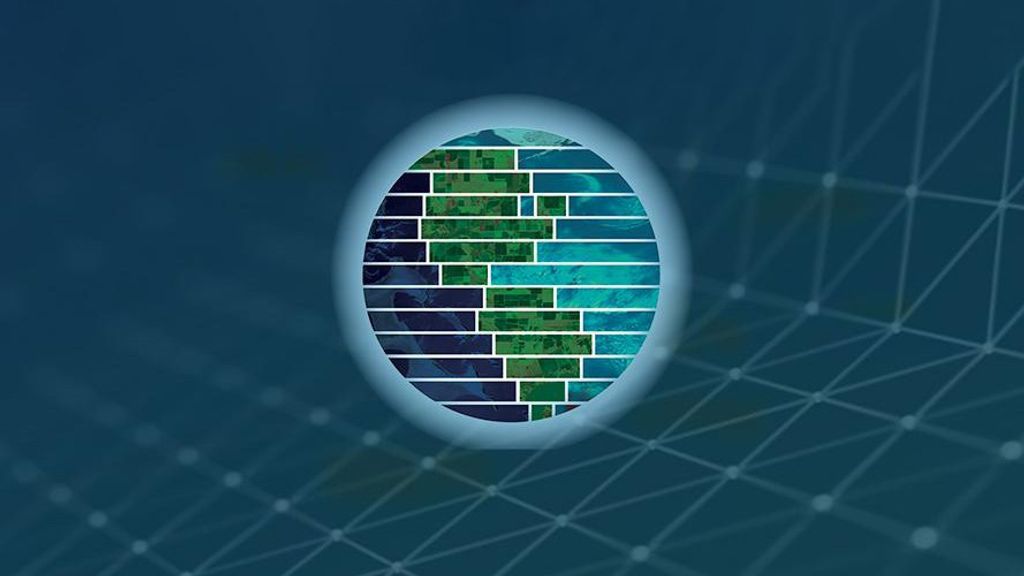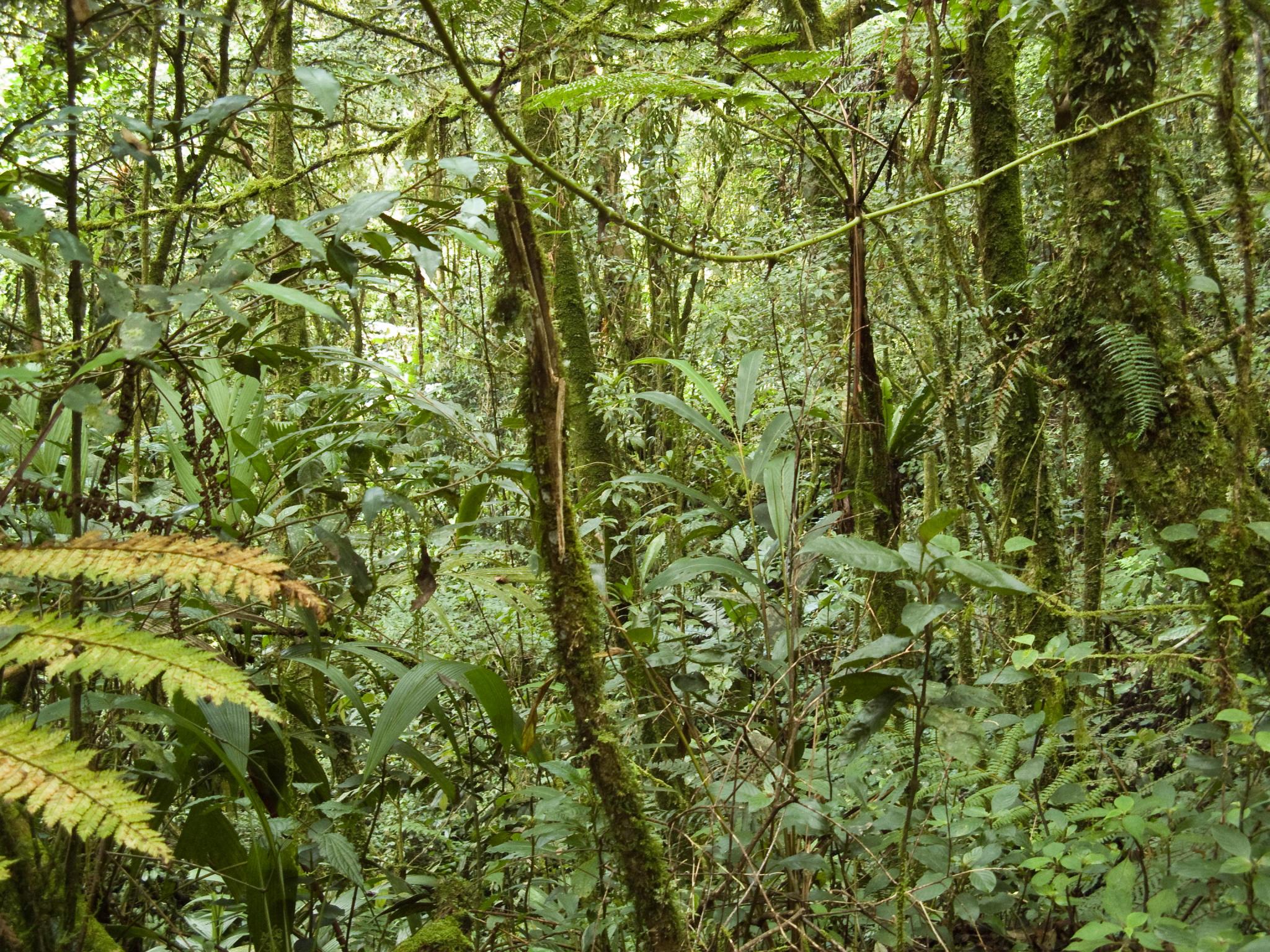What is ecology and landscape change?
The field of Ecology and Landscape Change at NASA Ames is concerned with understanding the health of the environment and individual ecosystems, including biodiversity. By observing and measuring nutrient and chemical cycles, carbon offsets, greenhouse gas emissions, water and air quality, and changes in trees, shrubs, and grasses, scientists can evaluate the ability of an ecosystem to support life. Researchers at Ames use remote sensing to develop environmental models that help predict and uncover how ecosystems are changing, and the subsequent effect on the global environment.
Why is it important?
The health and productivity of an ecosystem directly determines the availability of resources such as clean air and fresh water. The biodiversity of the planet is important for our society – and economy – because much of our food, fuel, and other resources are supported by and dependent on healthy ecosystems.
Missions & Projects
Missions and Projects in the field of Ecology and Landscape Change study various ecosystems over time, observing how they change in response to different environmental factors.
































